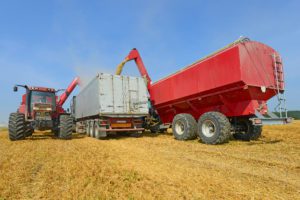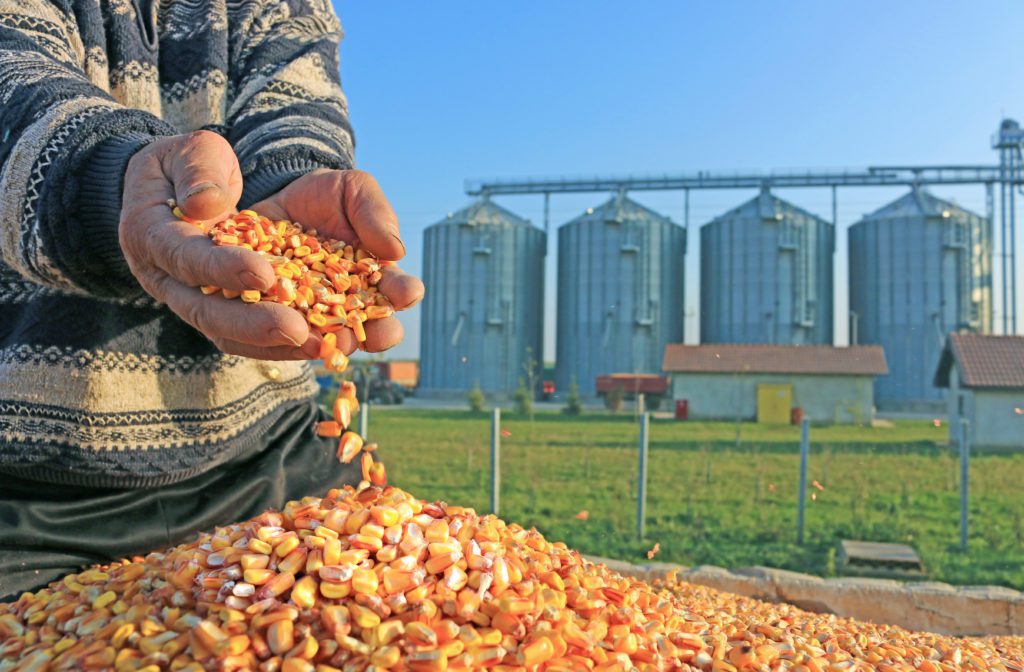No products in the cart.
Implements
Losses in grain transportation: understand the losses and how to avoid them
The losses that occur during grain transport are among the biggest sources of concern for farmers. So, if you still don’t have measures to minimize them, try to do so as soon as possible. After all, the impacts can be huge on your profitability.
But, what are the losses that occur during the movement of products such as soybeans, corn, wheat, oats, among other similar products? And how can I minimize them to ensure a better return on investment in my crop sales?
Find out below.
What losses can occur in grain transportation?
If you are in agribusiness, you probably agree that successful production is still no guarantee of profits.
In the midst of the post-harvest challenges, problems in cargo logistics can compromise a good part of the gains.
According to data published by Istoé Dinheiro, thinking on a larger scale, approximately 14% of all the food produced on the planet is lost before it reaches the market. This generates losses of about US$ 400 billion per year.
Limiting the reasoning to grain transportation alone, the risks remain alarming. For example, if we consider corn and soybeans in Brazil, movements represent the second largest cause of losses, second only to storage.
This is what a publication of the Jornal da USP points out. It also concluded that more than 13% of what is produced on the properties ends up being compromised during the logistics processes.
In the country, losses during grain transportation represent between 5% and 20% of the productive volume in the entire national territory. The point is from another study, this time published at UNIP.
The same thesis indicates that the main causes of misplacements and losses are related to the poor quality of roads and highways, as well as to the use of inadequate or depreciated bodywork.
How to avoid these losses?
With the data above, it is easy to see how losses in grain transportation can cause serious damage. But the good news is that you can take some precautions to reduce them as much as possible:
Perform effective route planning
As mentioned earlier, the precariousness of the roads contributes to logistical losses. This makes perfect sense if you consider that 65% of all Brazilian cargo transportation goes through highways, according to a study published in Estadão.
According to the National Society of Agriculture, bad infrastructure makes the country lose about R$ 2 billion in grains per harvest. Therefore, it is essential to adopt means to minimize its impacts.
This requires strict route planning. The more bumpy and outdated the roads are, the more the truck shakes and drops the grains. Therefore, invest in routing to find alternative routes and avoid these adversities as much as possible.
Attention to travel time and distance

When planning the truck’s route, be balanced so that alternative routes are not too long. It is also recommended to avoid destinations that are too far away. The concern is even more valid in a country as large as Brazil.
This is because, many times, the vehicles do not offer the ideal storage conditions and do not keep the grains at the ideal temperatures. With this, the longer the products spend in the bodies, the greater their potential for loss.
Therefore, your logistics must also be precise so that trips can last as little time as possible to the destination.
Detours and stops must be strictly necessary, respecting what was stipulated in the routing.
Invest in good road implements for grain transportation
Remember that the use of depreciated or inadequate grain transportation bodies is also among the main causes of losses. Therefore, investing in good implements increases your profitability potential.
In this sense, do not give up on a good bulk bucket. It must be developed with the appropriate structure for bulk products. Opt for alternatives with an effective sealing system and high volume capacity for your loads.
Robustec produces the best equipment in the industry, designed for high performance yield, maximum safety, and with a hydraulic drive system that optimizes your operations. Contact us and find out how to optimize your grain transportation with us!


